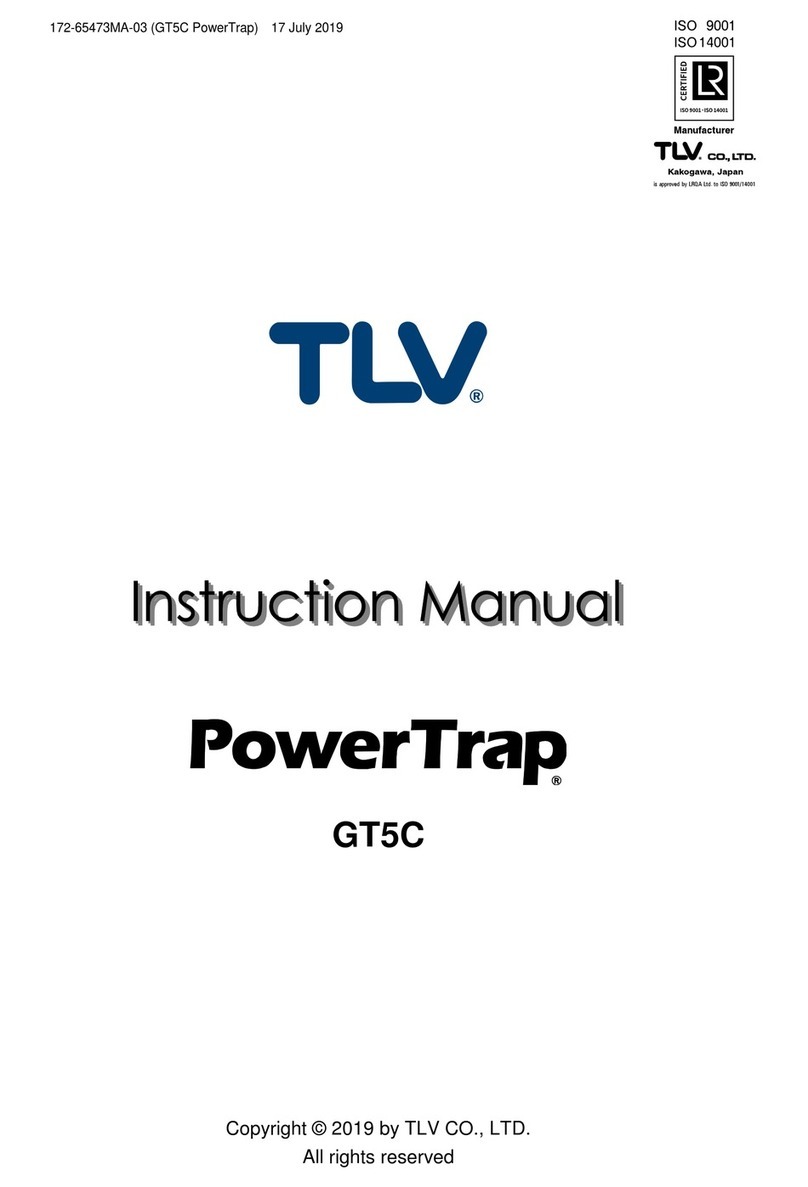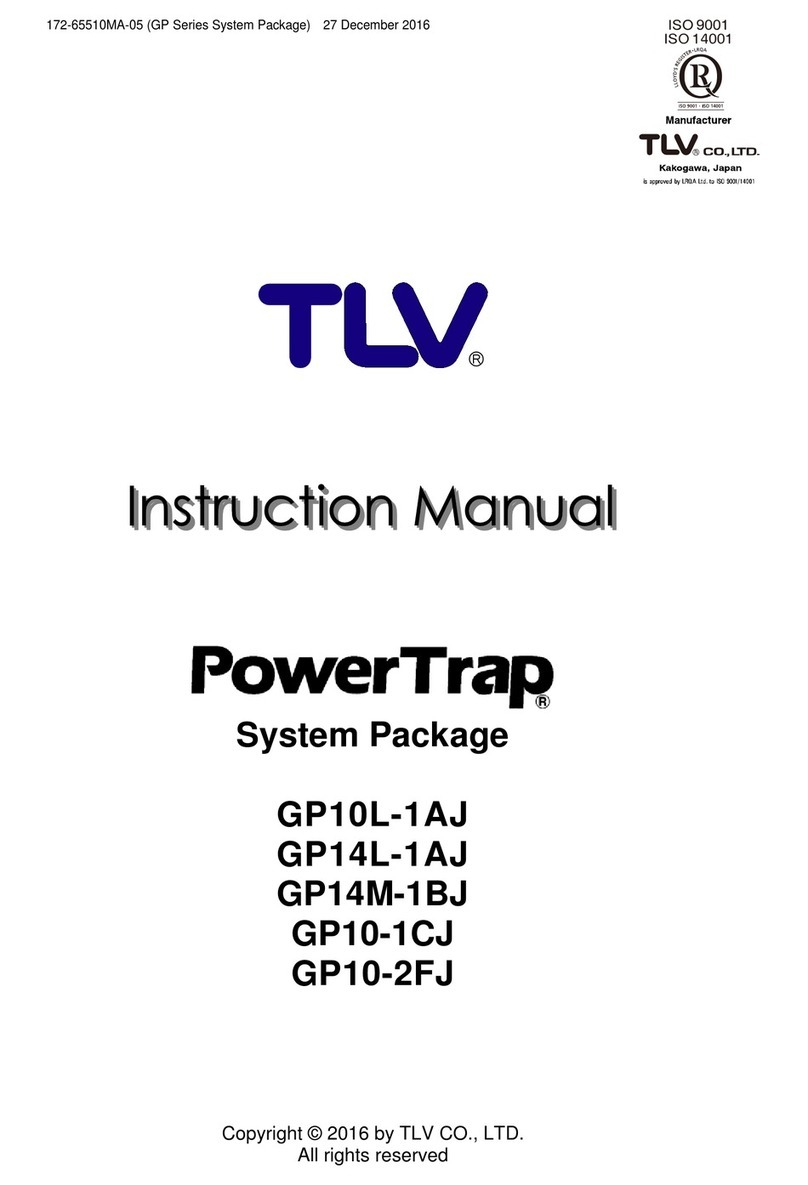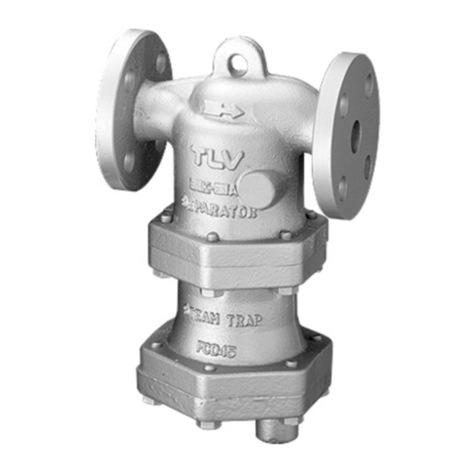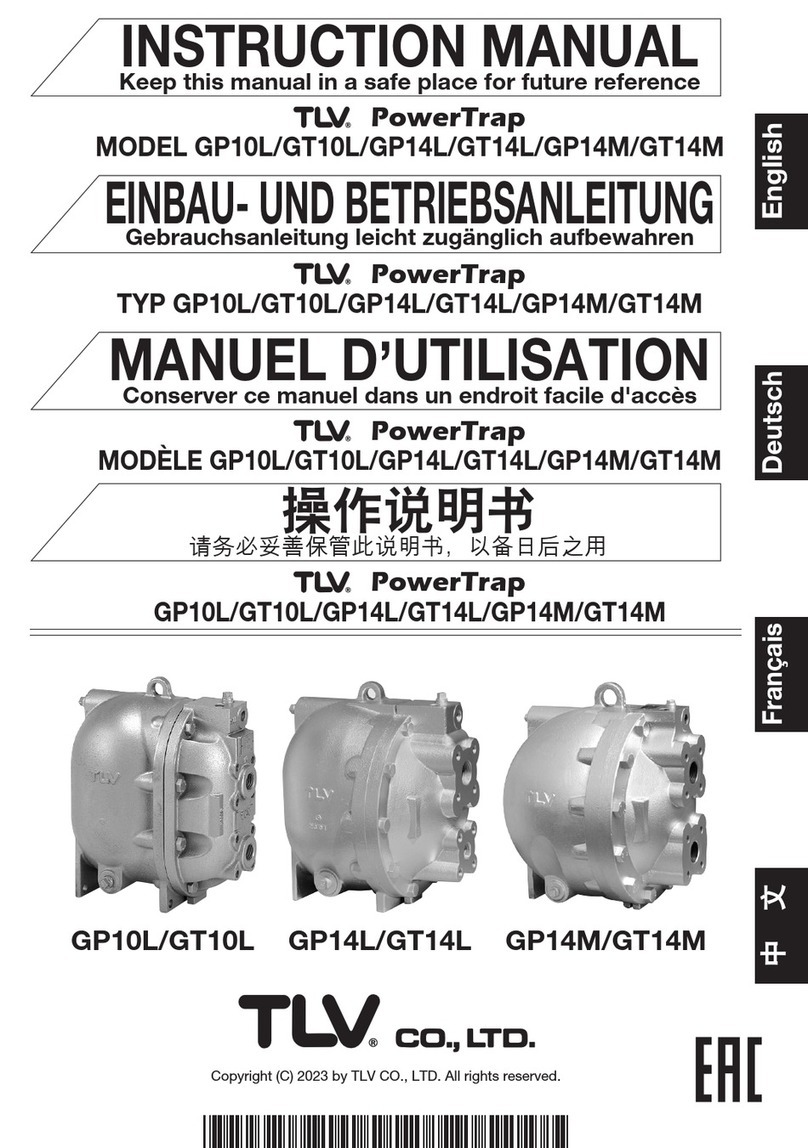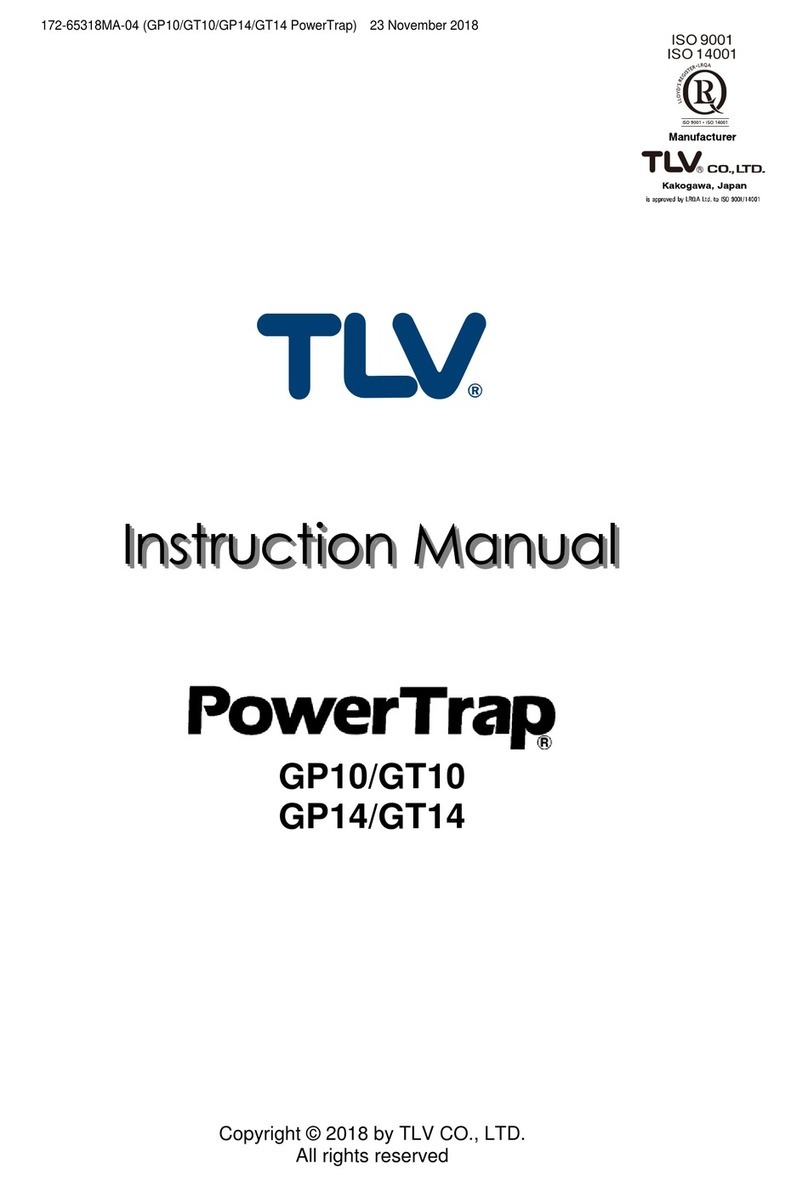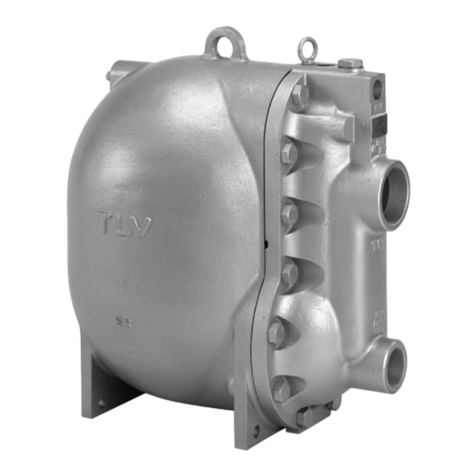
172-65378MA-03 (GP10F PowerTrap) 23 Apr 2019
Contents
Introduction ...........................................................................2
Safety Considerations...........................................................3
General Description ..............................................................5
Application ..................................................................................................................5
Operation ..............................................................................6
Specifications........................................................................7
Configuration.........................................................................7
Installation.............................................................................8
Open System* Piping (Steam System Example).........................................................8
Installation Procedure .................................................................................................9
Sizing the Condensate Receiver/Reservoir...............................................................12
Installing Several PowerTrap Units in Parallel...........................................................16
Installation and Maintenance Space...................................17
Operation and Periodic Inspection......................................18
Operation..................................................................................................................18
Periodic Inspection and Diagnosis ............................................................................19
Disassembly/Reassembly...................................................21
Recommended Tools List for Disassembly/Reassembly...........................................22
1. Removing/Reattaching the Cover Unit..................................................................23
2. Removing/Reattaching the Float...........................................................................24
3. Removing/Reattaching the Snap-action Unit.........................................................24
4. Removing/Reinstalling the Exhaust Valve.............................................................25
5. Removing/Reinstalling the Exhaust Valve Seat.....................................................25
6. Removing/Reinstalling the Motive Medium Intake Valve and Valve Seat ..............26
7. Checking/Adjusting the Gap between the Push Plate and the Motive Medium Intake
Valve......................................................................................................................27
Troubleshooting ..................................................................28
Determining the Problem from the Symptoms...........................................................28
Types of Failure and their Causes ............................................................................29
Causes and Corrective Measures.............................................................................30
Product Warranty ................................................................33
Service................................................................................34























